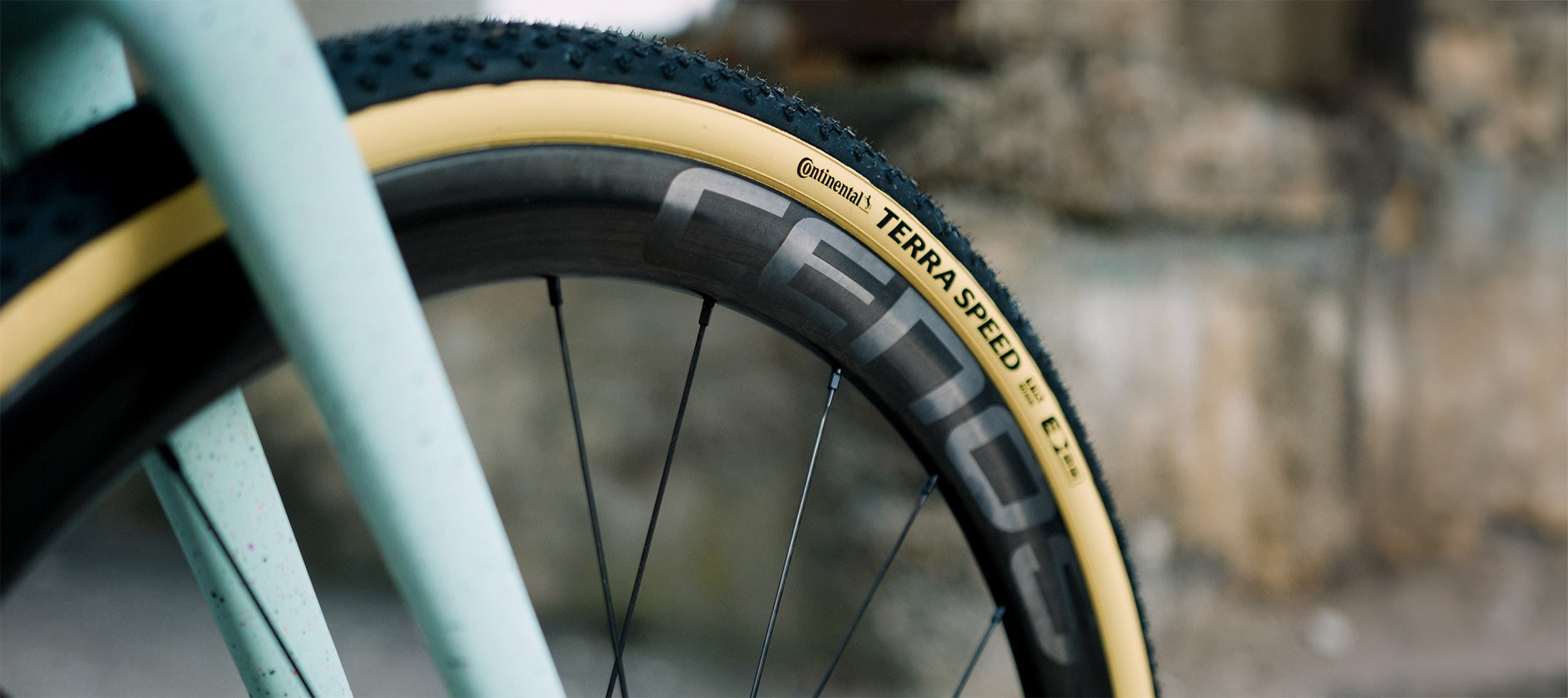The terrain
The terrain is one of the most important points when choosing the right gravel bike and wheelset as well. A hilly area with rocky or rooty trails will result in you typically riding a bit slower thus you will not benefit anything from the aerodynamic advantages of a higher rim profile. In that case, going with a more shallow 25-35mm rim is a good idea. The shallower rim is generally more comfortable because carbon has some natural flexibility and the rim partially absorbs some of the impact forces from rocks, roots, potholes, or even gravel washboards.
In the case of smoother gravel roads, more open areas, like fields or open rolling hills, you will naturally ride faster, thus you will start to gain some aerodynamic advantages of taller rims, and the advantage of rim flex is of less importance. In that case, we recommend 30-45mm rims. Such rims will be aerodynamically efficient, but also still flexy enough to be well-rideable on more uneven surfaces. We don’t advise on taller than 45mm rims due to their weaknesses in crosswind and being too stiff for gravel use.
The tires
We won’t try to advise on tire thread choice here. When choosing the wheelset, the important factor is the tire width. If you are planning to ride narrow tires below 35mm width, because of higher air pressure, choose hooked rims for safety.
In case of wider tire choice, we recommend at least 25mm internal width hooked or hookless rims. Due to the lower air pressure, both options are safe. In terms of rim height, other factors such as riding style, physical ability, and terrain play a more important role.
The Weight
The lighter the wheelset the better it is. Period. More agile and easy handling, faster acceleration, more responsive. These are the main advantages of lightweight wheelsets.
However, same as in the road wheel scene, there is always a trade off between the taller aerodynamic profile and more lightweight climbing wheels. Taller rims are heavier but will provide some aerodynamic advantage in case you racing or generally going more fast. The aerodynamic advantage gets exponentially important above the speeds of 30kph and is nearly negligible below 25kph.
The top-tier carbon wheelsets today weight 1200-1300g. The mid-tiers are 1300-1500g. And low-end wheelsets are anywhere from 1500 to 2000g or more. The sweetspot for universal carbon gravel wheelset is 30-40mm rim profile weighting 1250-1350g.
Conclusion
In summary, choosing the right carbon wheelset and tires for gravel riding hinges on factors like terrain, rim profile, tire width, and weight. Tailoring these elements to your riding style and objectives can enhance performance and comfort on varied surfaces. By striking a balance between these considerations, cyclists can enjoy a well-rounded gravel riding experience that combines best performance, comfort, and durability.
Next week: Everything about tire inserts




Share:
Inga Paplauske Triumphs in European Gravel Championship in Altipiano di Asiago